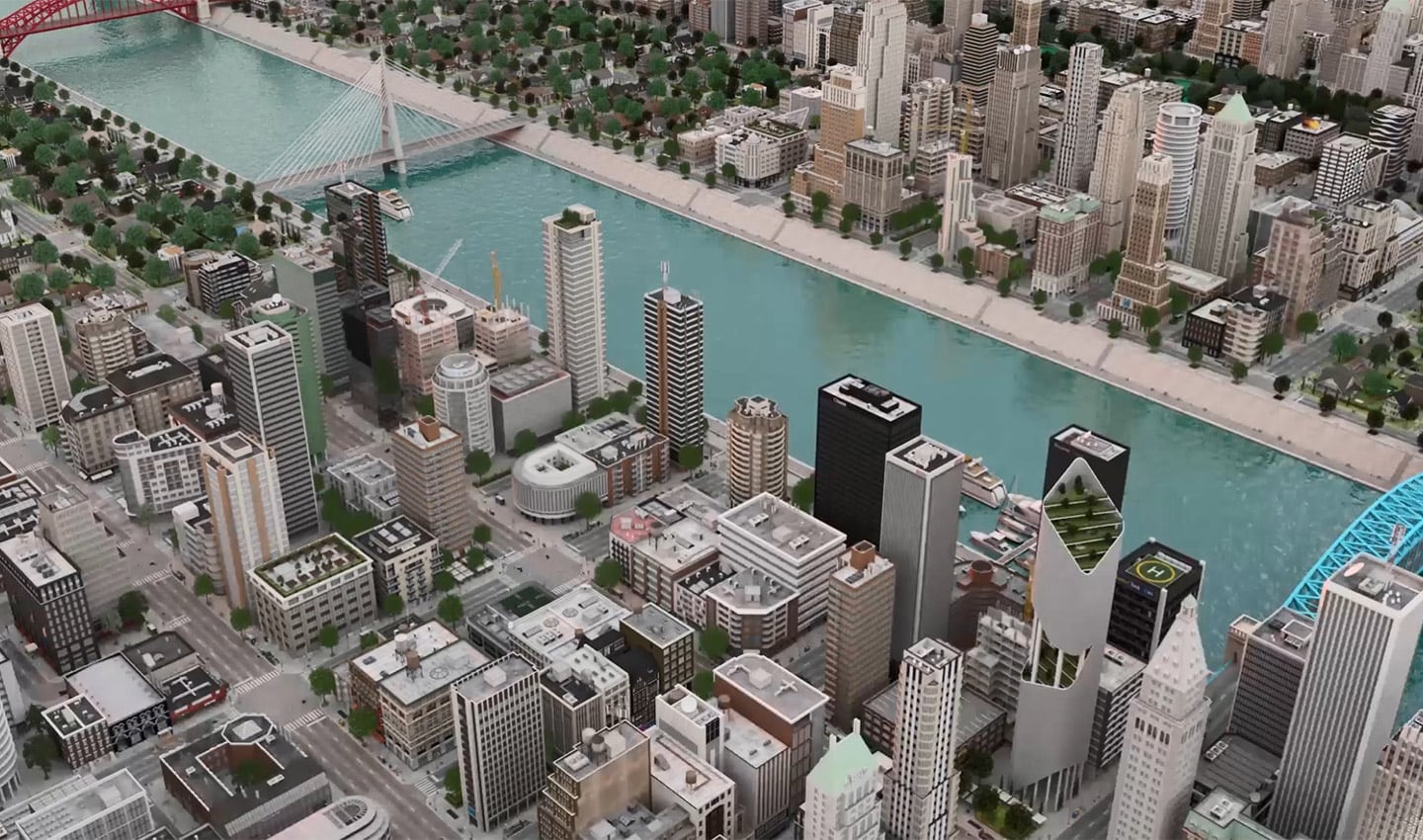
Digital mapmaking shouldn’t be a numbers game. At TomTom, we prioritize making the changes that are relevant and accurate for our users.
More than 68 million kilometers of navigable roads crisscross the world.
Which matter to you?
If you’re like me, it’s the roads I drive every day. For me, it is going from home to work. To the gym and the grocery store. Or the weekend Uber service I operate for my kids.
But those roads are different for everyone, depending on their context. Private roads in the Brazilian Amazon? Icy truck routes through the Canadian tundra? Those are critically important – to people and businesses – and they too should get the best map for their needs.
Those are the roads we prioritize at TomTom. The ones that work for you, depending on where you need to go. We create – and continuously update – easy-to-use and accurate maps, navigation software and real-time traffic information for more than one billion users who depend on us. To maintain such accuracy, we capture about 61 billion new GPS measurements every day from our community of 600 million connected devices.
Yes, 61 billion. And thanks to our transactional map-making platform combined with artificial intelligence and machine learning, those measurements directly lead to millions of map processing changes that matter the most to our users.

TomTom has access to 48 trillion GPS data points, but we only map what matters to you.
Who’s counting?
While I’m throwing around some metrics here, I feel that too often in this industry we get caught up in a numbers game that is taken out of context. Mapmaker A may claim to have mapped more road miles than Mapmaker B. And Mapmaker C may have made more changes to its database this month than both Mapmaker A and B.
But what does this mean for auto manufacturers, enterprises, government entities -- and their end-users who are using digital maps to travel safely and efficiently?
Nothing. Unless those changes impact them.
Then, they can mean everything – like whether or not you arrive early or late to pick up your child from daycare; avoiding a half-hour traffic delay caused by flooding from a burst water main; or getting to your doctor’s new office thanks to an accurate address finder. My point is this: Maps only matter if they matter to you.
“Andy Marchant
Head of Maps Product Marketing
And to ensure that we are focusing on the maps that are relevant to the most users, we use big data and advanced technologies to understand exactly where the most people are using our map data. Our primary concern is making our data available and correct – in real-time, if possible – to the most users.
This fusion approach delivers the right information, from reliable sources, at the right time. Here’s how.
Remember the statistic about TomTom’s 600 million connected devices? Each of those device probes continuously feeds information back into our proprietary transactional map-making platform, enabling us to “see” a picture of the areas where our users are traveling.
This automated data collection process draws from both government and private sources, aerial imagery and field analysts. Over time, we can accurately gauge the roadways and geographic areas that are the busiest – and thus matter most to our map users.
These become our priority areas. We strive to update them with the latest changes (road changes, temporarily blocked streets, new businesses, address changes, etc.) as quickly as possible. That doesn’t mean we ignore the “minor” roads; it’s just priority setting.
Maps that matter, piece by piece
The speed in which we make these updates is critically important. It’s one of the reasons why, in 2016, we moved from batch data processing of map changes to a continuously releasable map. Instead of producing and releasing a new map on a quarterly basis, we now release a new version – continuously, allowing our customers to choose the cadence that’s right for them.
Think of this process like creating a jigsaw puzzle. When batch processing was the norm, we were creating the equivalent of a 1,000-piece jigsaw puzzle every quarter; we’d send it to our customers and their puzzle would have to be rebuilt each time in order to update their products.
Now, with continuous processing, we send our customers just the pieces of the puzzle that have changed. Maybe it’s 20 pieces today; and 50 pieces tomorrow. The entire puzzle doesn’t need to be recreated, but simply update the outdated pieces incrementally.
It’s a much simpler and more efficient process.
“Andy Marchant
Head of Maps Product Marketing
As a matter of fact
Of course, accuracy is also a vital factor. Before we update our maps, our system undertakes a series of quality checks to verify that each change is legitimate. Through AI and machine learning, what were once manual processes can now be handled autonomously – and more precisely. Doing so also mitigates the possibility of errors making their way into our maps.
Further, we drive our TomTom mobile mapping cars more than three million kilometers every year to ensure our maps accurately reflect the roads that matter with high levels of precision for our HD Map in support of autonomous vehicles.
By using these and other map-making tools, we are smarter, more efficient and agile, thus giving drivers the best maps delivered in formats that match their needs. We fix map issues immediately, too, so that the result is always as close to reality as possible.
Undoubtedly, numbers will continue to play a key role in our industry, especially in how we market our capabilities. To that point, in August 2019 we reached 2.35 billion changes to our database, a new TomTom record!
Our commitment to TomTom users everywhere, though, is to focus first on the maps that matter to them.
Which map works for you?
Find out here.
People also read
)
Measuring road traffic density: what you need to know
)
How ADAS helps truck drivers stay safe and drive efficiently
)
Behind the map: how we keep our maps up to date
* Required field. By submitting your contact details to TomTom, you agree that we can contact you about marketing offers, newsletters, or to invite you to webinars and events. We could further personalize the content that you receive via cookies. You can unsubscribe at any time by the link included in our emails. Review our privacy policy. You can also browse our newsletter archive here.
)